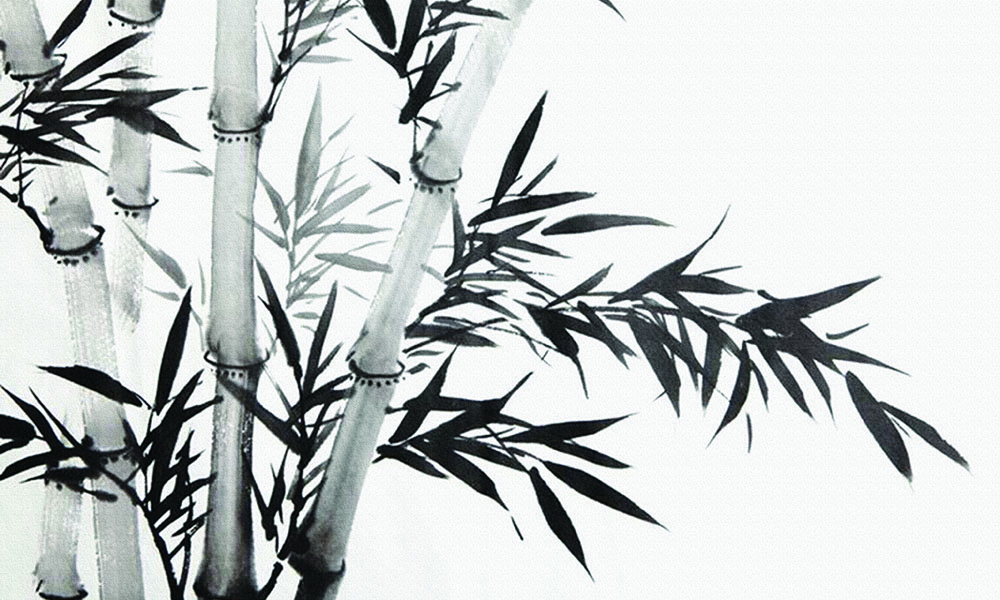By Jade Pearce |
The Three Character Classic, or San Zi Jing, is the best known classic Chinese text for children. Written by Wang Yinglin (1223–1296 A.D.) during the Song Dynasty, it has been memorized by generations of Chinese, both young and old.
养不教,父之过。教不严,师之惰。子不学,非所宜。
幼不学,老何为。玉不琢,不成器。人不学,不知义。
However, after the Cultural Revolution in China, the Three Character Classic was banned and eventually fell into disuse. In this series, we revive and review this great Chinese classic, drawing ancient lessons of wisdom for our modern-day lives.
Through the education system, Confucian values were imbued in children from a young age, and remained the backbone of education even at advanced, scholarly levels.
The ancient Chinese always had a thing about education—kids were expected to go to school (if it was within the family’s means) and to invest a good amount of time and effort in studying.
The Three Character Classic alludes to how important education was in ancient Chinese culture. “If the child does not learn, this is not as it should be. If he does not learn while young, what will he be like when old?” Education was not just an asset, but a mandatory part of a child’s development.
In particular, education and schooling were considered essential for grooming a child’s values and moral character. “If a man does not learn, he will not know the virtues of honesty and righteousness.”
By enforcing classroom discipline from a young age, the teachers ensured that the students had a solid foundation for learning, which would serve them well for many years to come.
Why did the ancient Chinese think this way? To understand, one must realise that ancient Chinese education was rather different from our education system today.
Confucianism: the Core of Ancient Chinese Education
Our modern education system predominantly emphasises the teaching of technical knowledge, including mathematics, science, language skills, and social studies.
In contrast, education in ancient China was largely based on Confucian classics. From a young age, children spent their schooling time learning and memorising Confucian texts like the Great Learning, the Doctrine of the Mean, the Analects of Confucius, the Book of Odes, and of course, the Three Character Classic.
At the core of Confucianism are five cardinal virtues—benevolence, righteousness, propriety, wisdom, faithfulness. Many values, such as loyalty, filial piety, courage, transparency, diligence, and so on are derived from it.
Through the education system, Confucian values were imbued in children from a young age, and remained the backbone of education even at advanced, scholarly levels. At the same time, students developed their language skills and knowledge in social studies by learning these ancient texts.
This was the education standard for thousands of years, as dynasties rose and fell.
The teachings of Confucianism defined the moral standards for being a good person. They covered and effectively regulated the various strata of society, from the individual and the family unit, to society and the principles of governance.
With such wholesome and edifying core material, we now know why the ancient Chinese believed education was integral to a child’s moral development.
Enforcing Discipline in Education
“To feed without teaching
Is the father’s fault.
To teach without strictness
Is the teacher’s laziness.”
—Three Character Classic
Of course, it wasn’t enough to have good values and education material at hand. The people who delivered the material—the parents and teachers—were equally important.
There is an ancient Chinese fable about a boy who was spoiled by his mother. Having lost his father at a young age, this child became the apple of his mother’s eye.
She indulged him so much that when he bullied other kids, she would never reproach him. When he stole from the neighbours, she would not return the things he stole.
As the child grew up, his petty misdemeanours escalated into serious crimes. He robbed and looted from others, and committed arson by burning people’s homes. Yet his mother still refused to discipline him, and instead praised him for his felonious abilities.
Finally, the son was captured by the authorities, and sentenced to death.
Before being executed, the son requested to see his mother one last time. When his mother arrived, the son cried as he said to his mother, “I hate you, mother. This is entirely your fault. When I was young, you never taught or disciplined me for my wrongdoings. Now, I don’t even have a second chance to turn over a new leaf…”
The son’s words broke his mother’s heart, as she realised it was true.
Stories like this likely inspired our infamous Asian “tiger parenting” ways, both at home and in the classroom. Teachers in ancient China were extremely strict, and even the youngest students were expected to sit properly and memorise the assigned material without a single mistake.

As mind-numbingly dreary as this sounds, this method of teaching was actually quite effective. Firstly, it tempered students to have excellent focus and endurance in studying. Secondly, it ensured that the wisdom of the sages was deeply imprinted in their minds, such that they could easily draw it up from memory for the rest of their lives.
By enforcing classroom discipline from a young age, the teachers ensured that the students had a solid foundation for learning, which would serve them well for many years to come.
Education: The Great Equaliser
Besides building moral character and training discipline, education was also the greatest equalising force in ancient China. It enabled those born to the humblest backgrounds to rise to the highest levels of society—to become government officials, strategic advisors, physicians, artists, and poets.
The imperial examinations, which were established during the Sui and Tang Dynasty, were the main drivers for meritocracy and social mobility. Before that, important government roles were assigned purely by recommendation, and this went to those from rich and influential families.
















